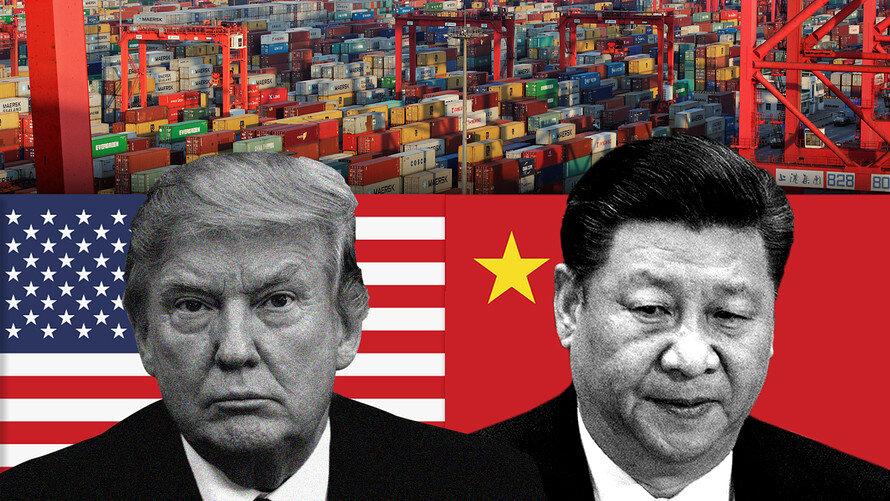
Empty shelves and layoffs loom with U.S.-China Trade collapsing
WASHINGTON D.C. : US and China tariff tensions continue to dominate the focus, with signs of deescalation mounting even as President Trump sent mixed signals on the state of relations.
On Monday, it was reported that Asian economies like South Korea, Japan, and India are taking the lead in trade talks with Trump’s administration, while China pledges additional support for tariff-hit exporters.
Trump’s tariff war has disrupted Washington and Wall Street for nearly a month, and if it continues, the impact will soon hit closer to home.
Since the US raised tariffs on China to 145% in April, cargo shipments have dropped dramatically, with estimates suggesting a 60% decline, per Bloomberg. The Port of Los Angeles, the principal gateway for Chinese goods, anticipates a 33 per cent drop in scheduled arrivals in the week beginning May 4 compared to the same period last year. Air freight companies have similarly reported substantial reductions in bookings.
Shipments to US drop amid uncertainty
The timing could not be worse for retailers, as March and April traditionally mark the beginning of preparations for the back-to-school and Christmas shopping seasons in the US. Suppliers typically need to ship goods now to ensure shelves are stocked later in the year. Continued uncertainty may lead many firms to cancel orders entirely.
Cost of entering US markets highest since 1930s
A recent International Chamber of Commerce survey across over 60 countries found that expectations are increasingly pessimistic, with most respondents predicting permanent damage to trade regardless of any future agreements. Moreover, the cost of accessing the US market is now at its highest since the 1930s, with acceptance growing that a baseline tariff of at least 10 per cent will become the new norm.
Even as the bluster continued, the signs of a walk back have boosted Wall Street hopes for broader tariff deescalation after an intense back-and-forth between the world’s two largest economies. China in recent weeks has raised duties on imports of US goods to 125% from 84%, while US tariffs on Chinese imports have ballooned to, on most imports, 145%.
Investors are also focused on other key tariffs, as well as delays and exemptions. Trump is reportedly planning an exemption on some auto parts levies after suspending duties on some consumer tech, even as he insists these tariffs will eventually come to fruition. The White House also ordered a probe into truck imports, paving the way for tariffs on the sector.
The baseline 10% tariff that went into effect on April 5 remains in place for all affected imports into the US
